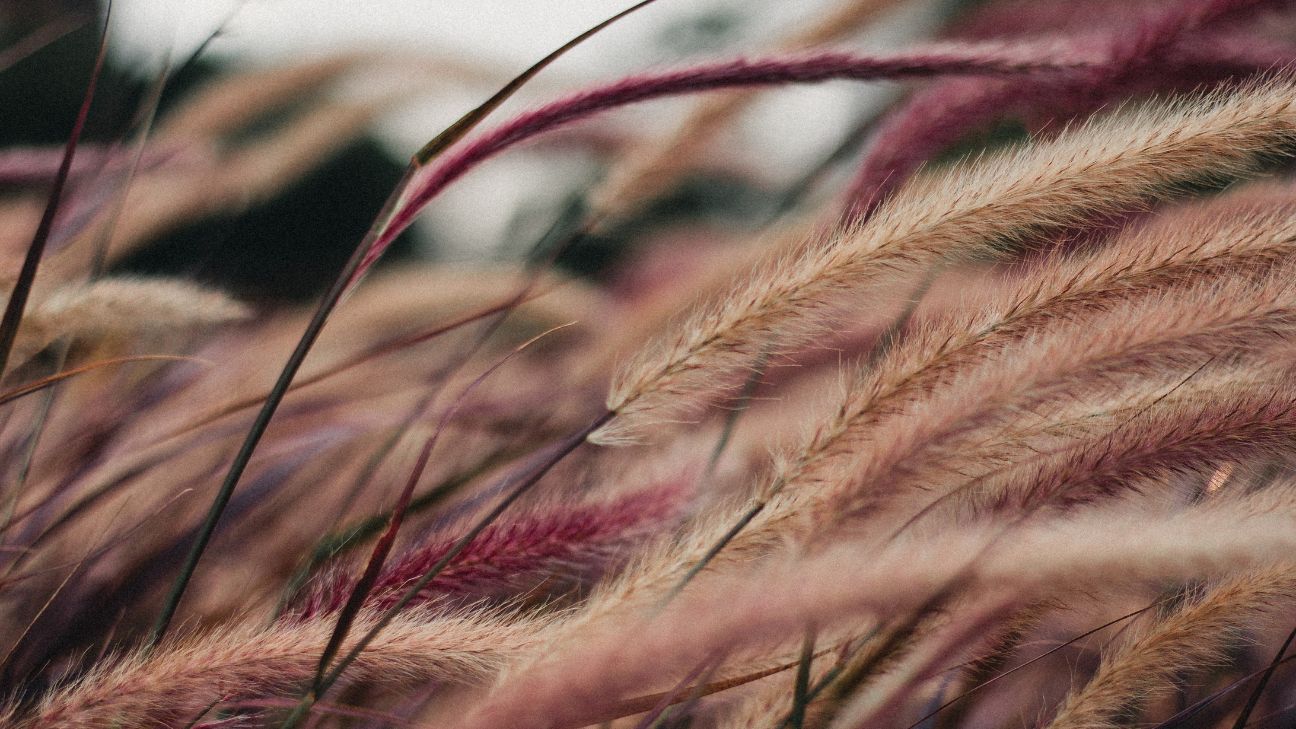Bring Native Regional Plants Into Your Landscape Design
How to Build a Successful Meadowscape
When planning out your meadowscape, it’s important to research native wildflowers and grasses to make sure they thrive in your region. Other things to consider are blooming seasons, full-grown sizes, and soil requirements. Bear in mind that a region can cover several hardiness zones, so be sure that the plants you choose can withstand any weather extremes that you experience.
To get you started, here are some wildflowers and grasses to consider, according to your region. This is by no means an exhaustive list, just a few species for some inspiration.
Pacific Northwest
Flowers
Flowers that are native to the Pacific Northwest, and that typically thrive in this region include alpine strawberry, broadleaf lupine, camassia, and blanket flower. Visit your local nursery to see what annual wildflower seeds they have in stock, or try a mix designed to thrive in your region.
Grasses
Ornamental grasses to consider include avalanche feather reed grass, northern lights tufted hair grass, and burgundy bunny fountain grass. These grasses have a longer growing season than most wildflowers in the region, so they are a great way to extend the season of your meadowscape.
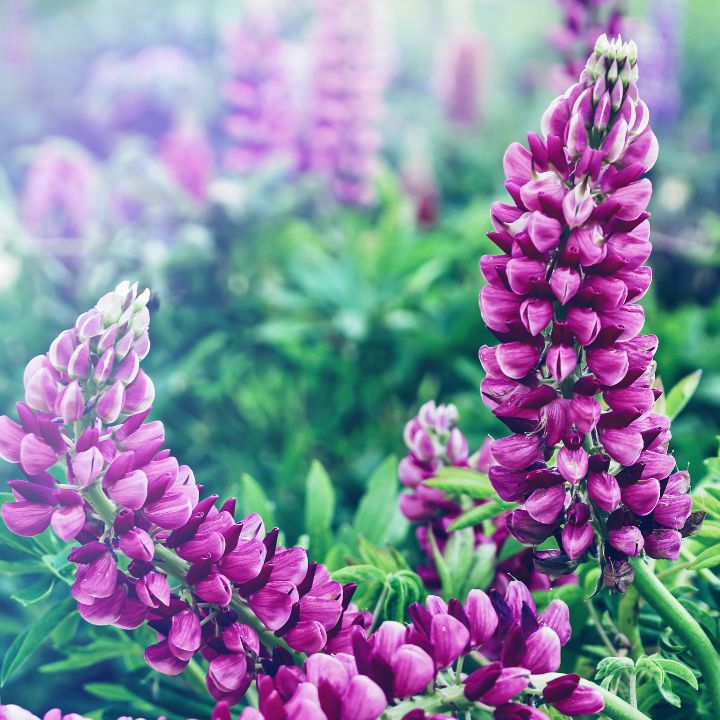
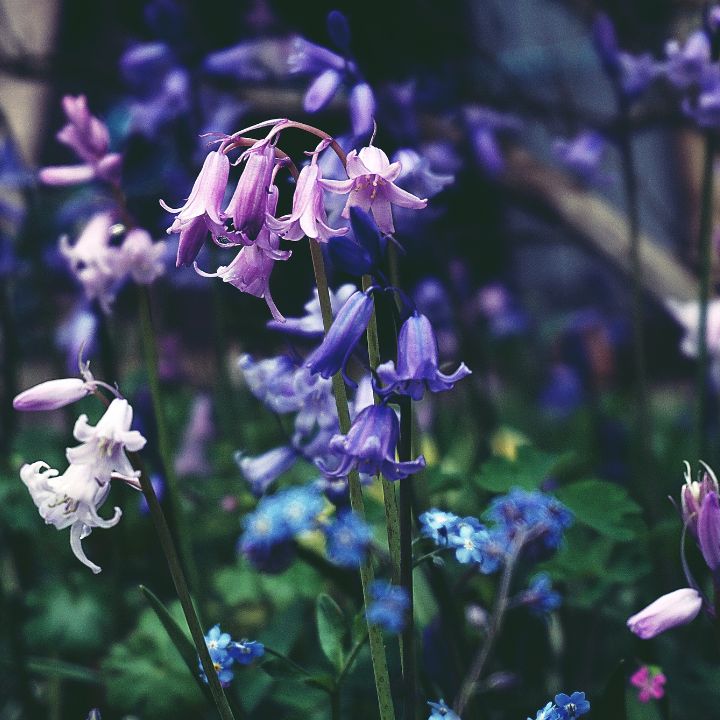
Mountain States
Flowers
There are many beautiful wildflowers native to the mountain states, including columbine, geraniums, fringed bluebells, fireweed, and delphinium, just to name a few. To maximize the potential of your meadow, consider a seed blend that has several species that thrive in this region.
Grasses
Some ornamental grasses to consider include alpine plume grass, silver beardgrass, and little bluestem, and big bluestem.
California
Flowers
Most of California is lucky to have a long growing and blooming season. Here are some wildflowers that should do great in your meadow: sky lupine, white California blackberry, sticky monkey flower, catilleja, tidy tips, and California poppies. For a diverse meadow, check out a wildflower seed mixture specific to California.
Grasses
Your California meadowscape wouldn’t be complete without some clumpgrasses. Some native species to consider include California fescue, deergrass, giant wild rye, and reedgrass.
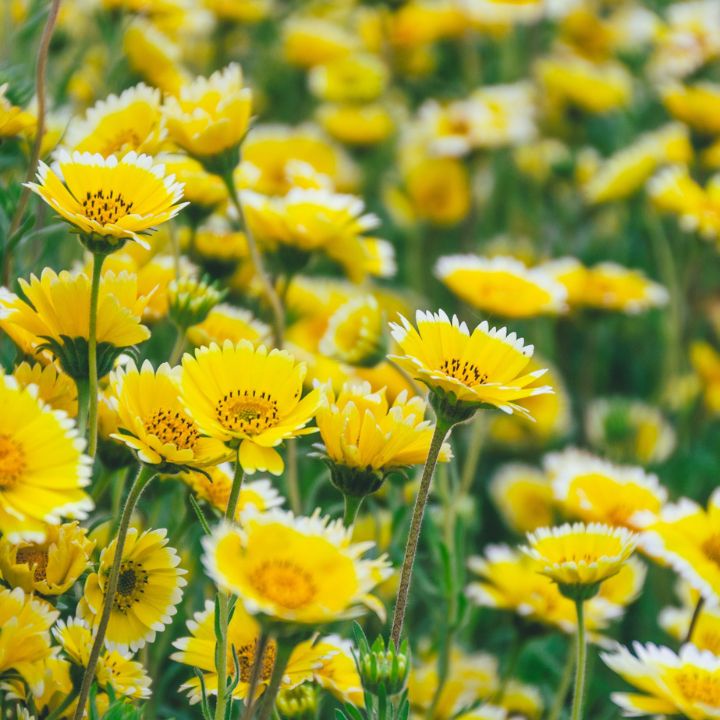
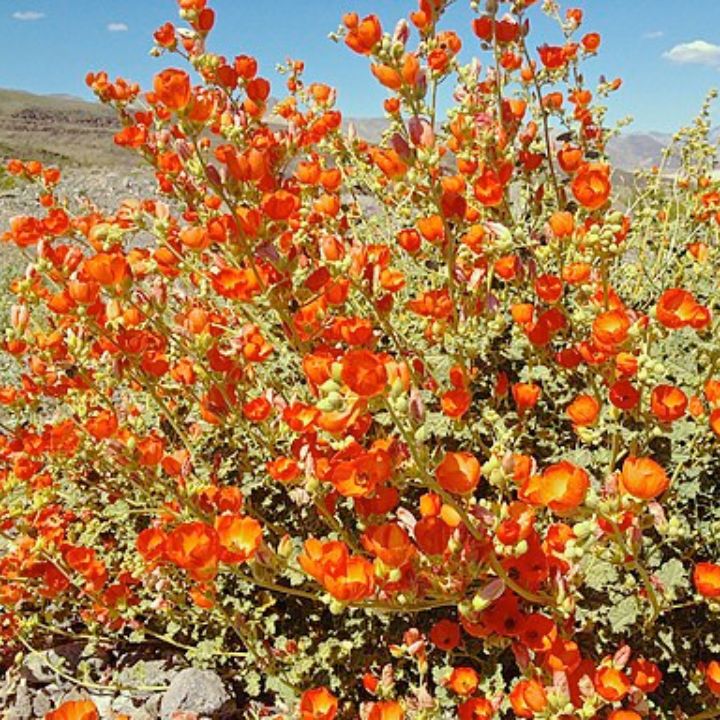
Southwest
Flowers
There are plenty of wildflowers that thrive in the dry climate of the American Southwest. These include Mexican gold poppies, desert globe mallow, Texas red yucca, and desert lupine. Be sure to check out local nurseries and garden shops – they will have plenty of seeds and plants that will do well.
Grasses
Native grasses that do well in this region include weeping lovegrass, little bluestem, buffalograss, and Indian ricegrass. Be sure to do a bit of research to determine how much space these grasses need before planting them.
Midwest
Flowers
So many flowers are native to the Midwest, and we’ll name a few to get started. There’s bee balm, echinacea, golden rod, butterfly weed, and the famous black-eyed susan.
Grasses
Grasses that thrive in the Midwest include fountaingrass, blue fescue, blue oat grass, and little bluestem. Note: Since the Midwest covers several hardiness zones, be sure to do a bit of research before settling on what to plant.
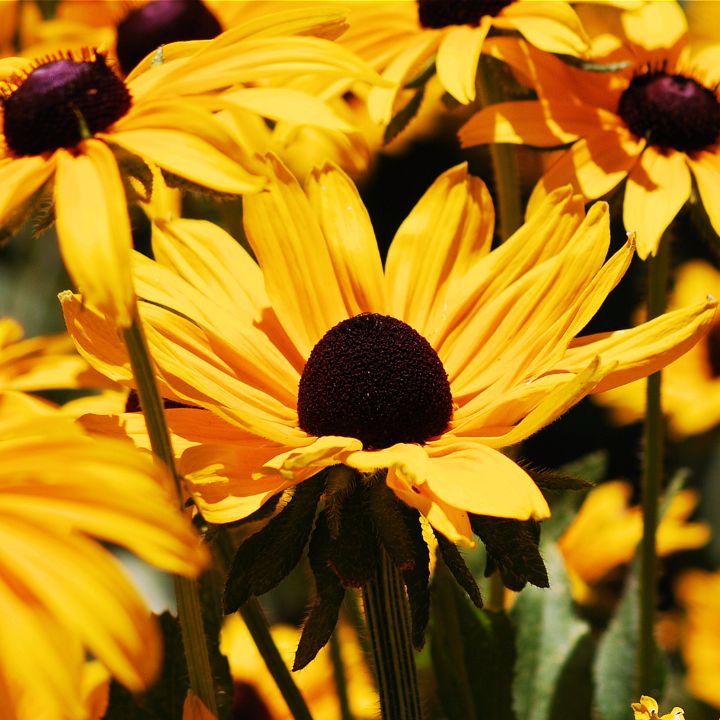
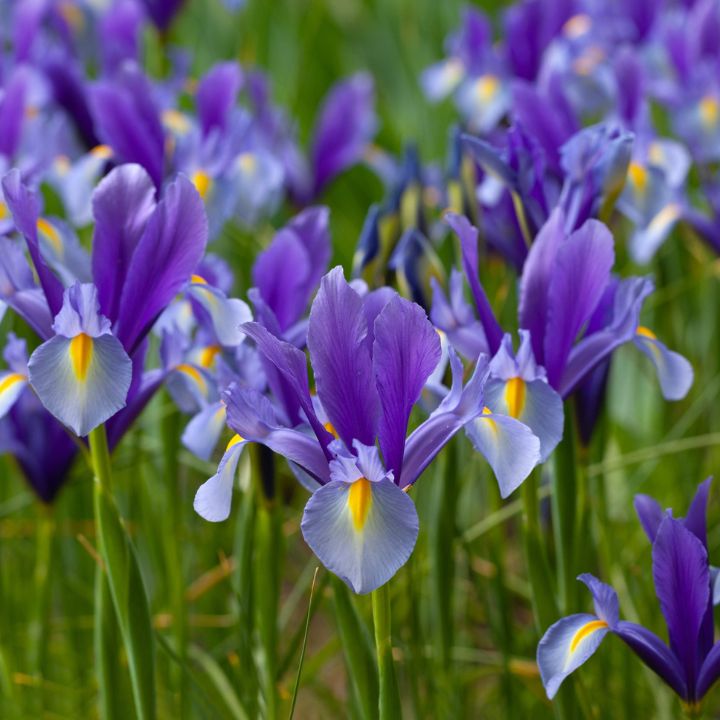
Southeast
Flowers
Like California, the American Southeast has a long growing and blooming season. Here are some wildflowers native to the region that are likely to do well: partridge pea, cardinal flower, Virginia iris, and Carolina wild petunia. For a variety of colors, try a blend of wildflower seeds native to the southeast.
Grasses
Several beautiful grasses are native to the southeast, and they include pink muhly grass, purple lovegrass, and sand cordgrass.
Northeast
Flowers
Some wildflowers that thrive in the northeast include turk’s cap lily, bigleaf lupine, bottle gentian, and turtlehead, to name a few. There are a wide variety of blooming seasons with northeastern wildflowers, which is ideal for a meadowscape.
Grasses
Ornamental grasses that are ideal for the region include miscanthus, prairie dropseed, purple lovegrass, and big bluestem. These grasses are very cold hardy and bloom in the late summer or fall.
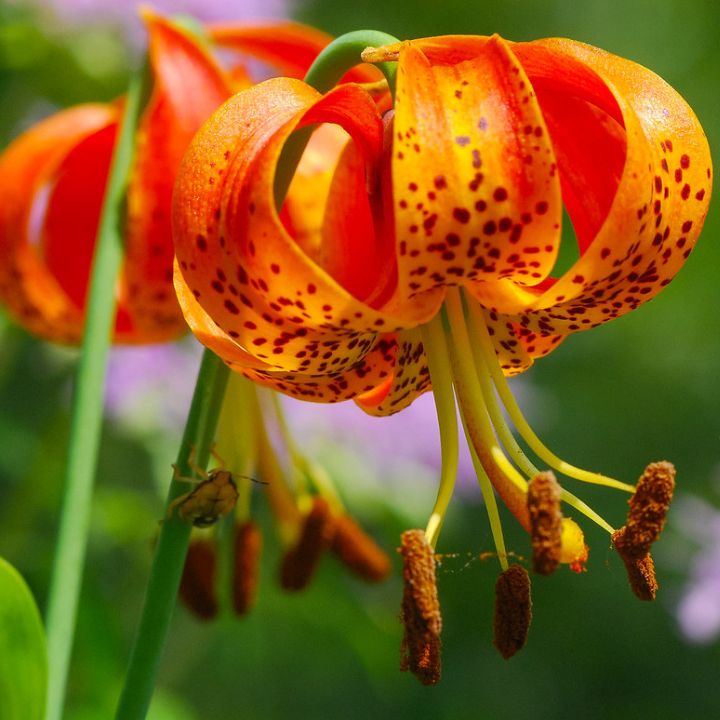
Credit Joshua Mayer

